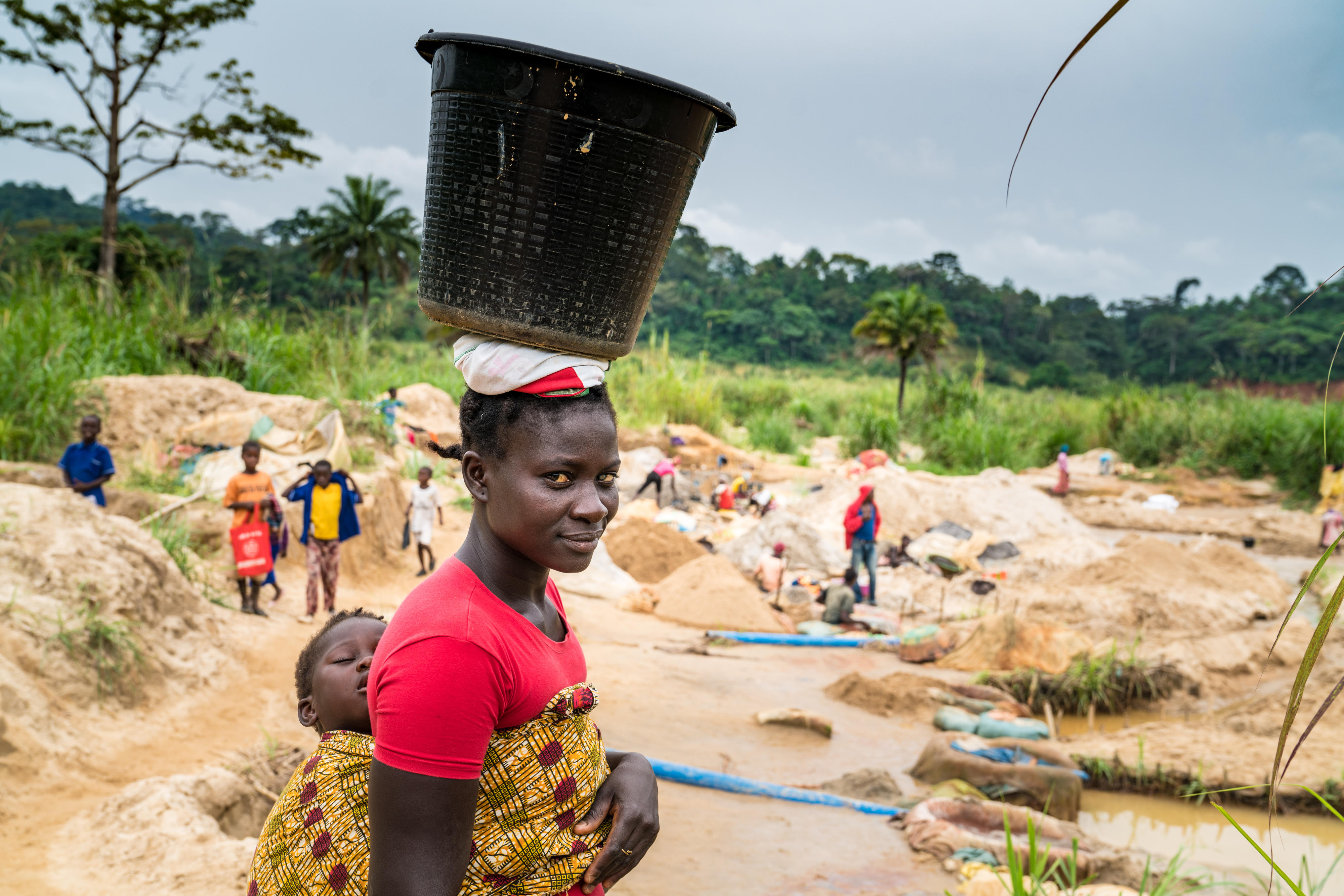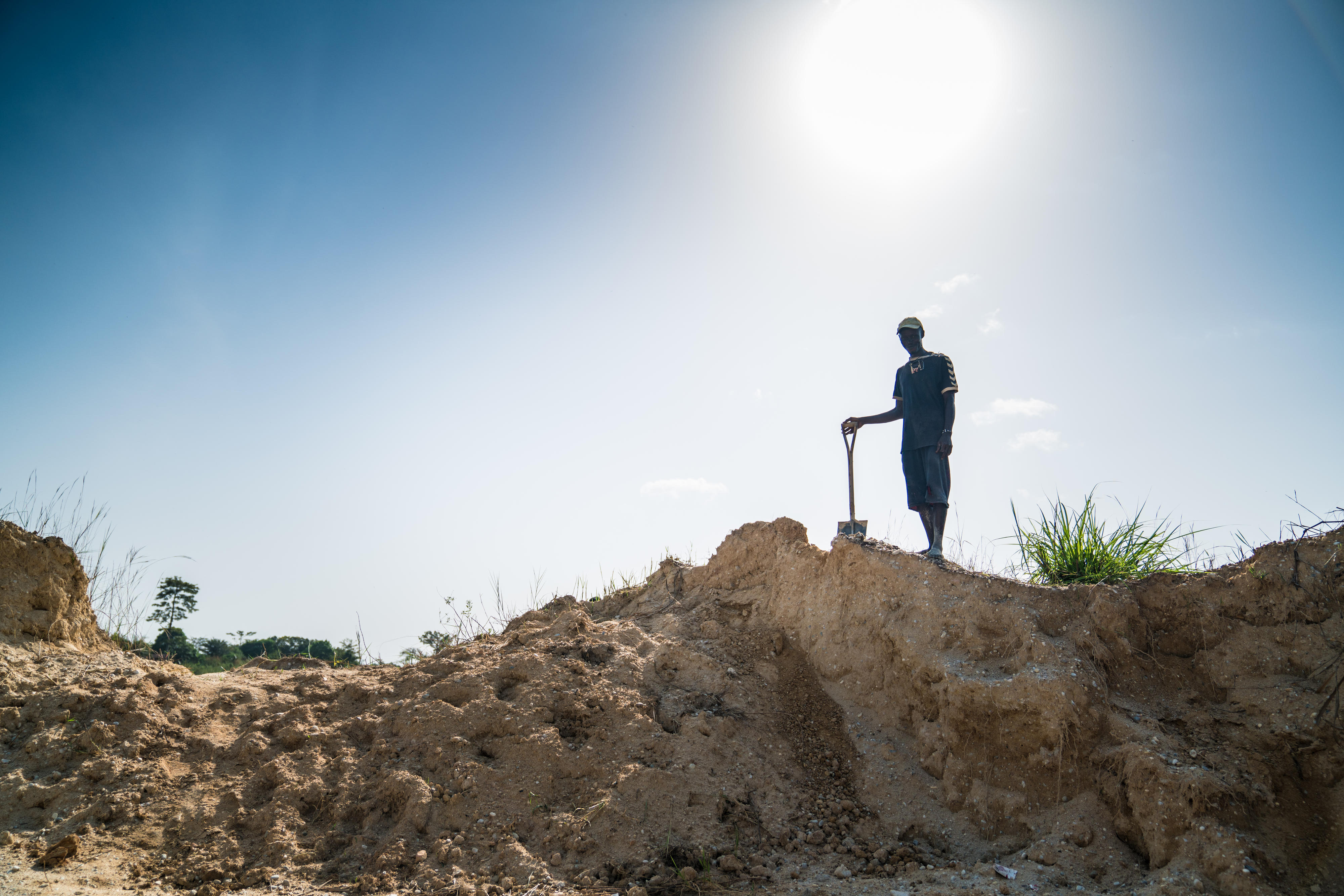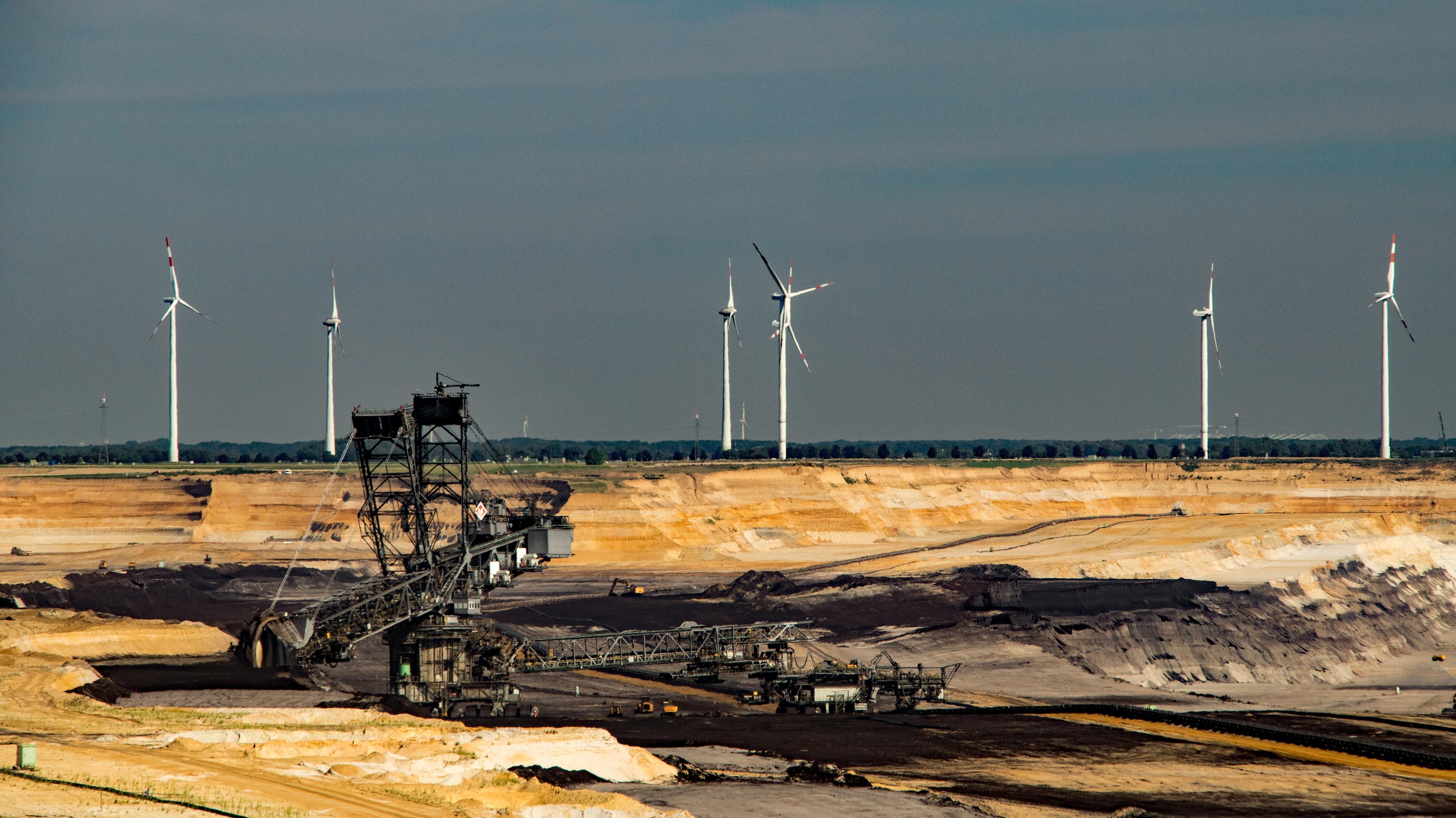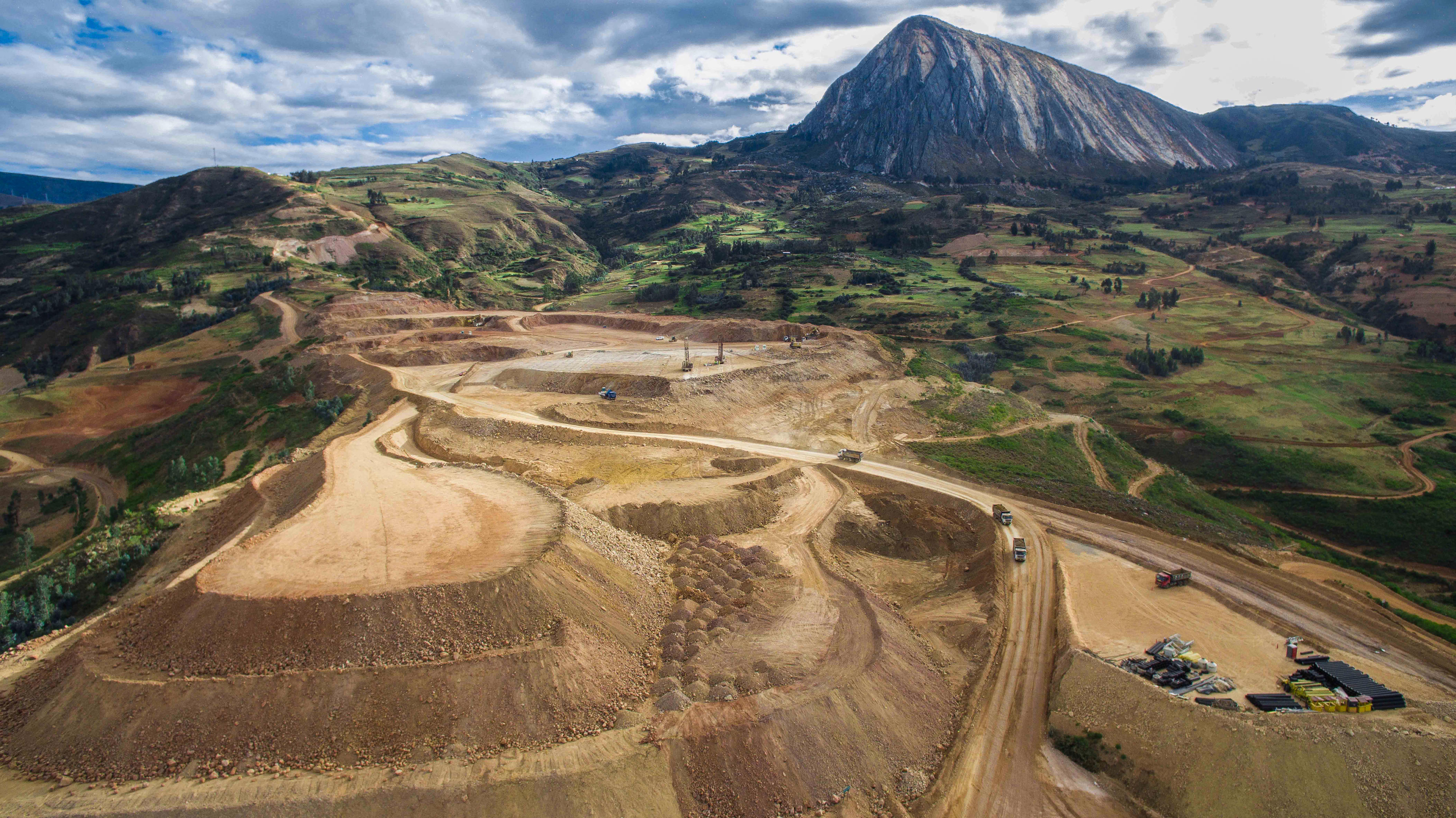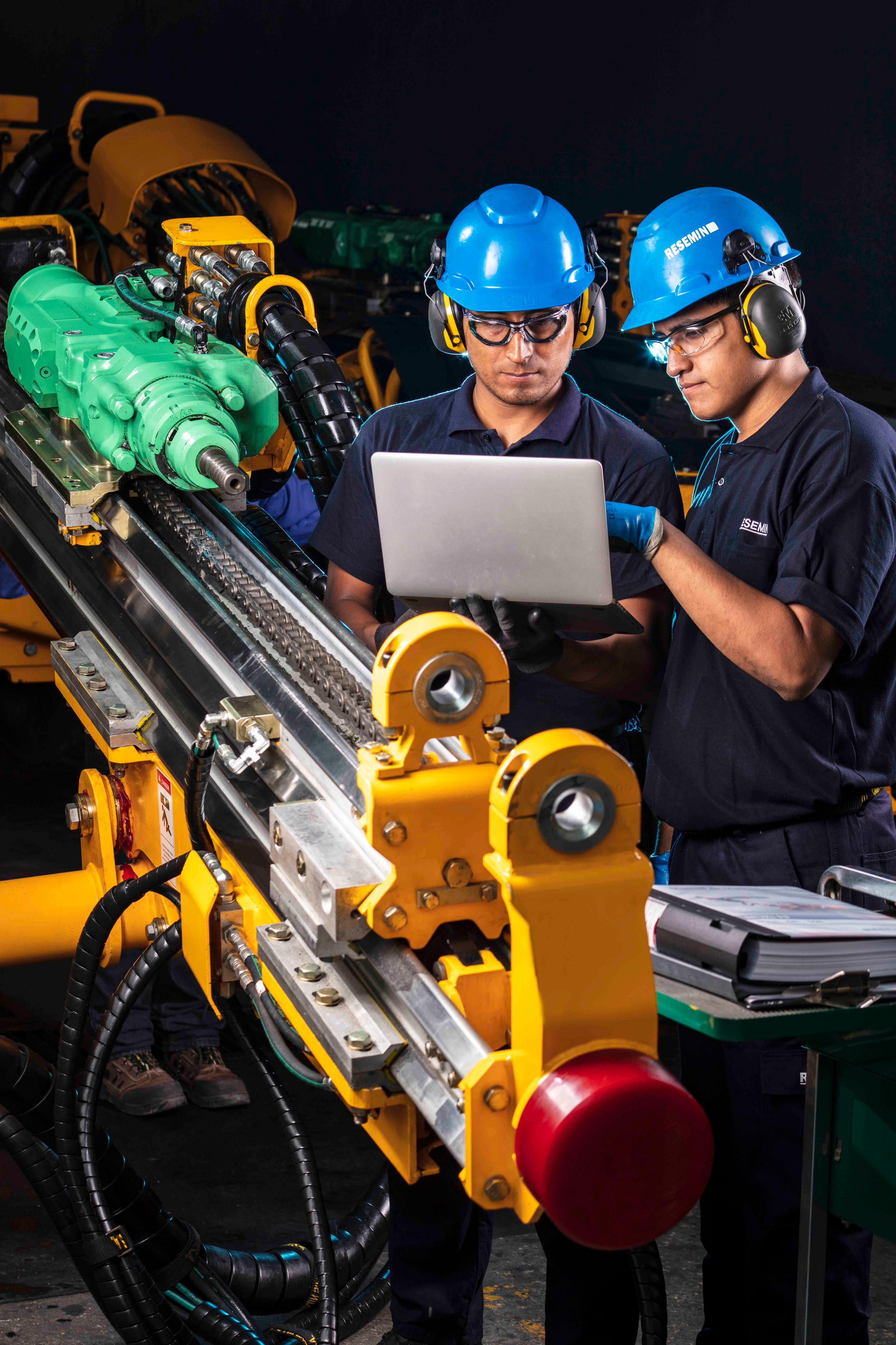ASM Arbeiterin mit Baby
Copyright© GIZ/Michael Duff
Environment, Climate and Society Strengthening Gender Equality in the Raw Materials Sector
The mining industry is traditionally associated with heavy physical labor. However, women and girls make up between 30-50 % (External link) of the workforce in artisanal and small-scale mining (ASM), depending on country and company. In large-scale mining (LSM), about 10 % (External link) of the workforce is female. Whether directly employed in mining or as members of surrounding communities, resource extraction has direct and indirect impacts on women and marginalised groups - direct due to poor conditions in the mines, indirect as they are the ones mainly affected by the socio-environmental impacts of mining. They are disproportionately affected by the negative impacts of mining and simultaneously benefit less from the positive effects:
Lack of representation and participation: Women are often excluded or significantly underrepresented in decision-making processes. They often have no say in mining and community forums regarding mining policy issues. Additionally, women own much fewer businesses. Only 13 % (External link) of high-level positions in mining companies are held by women.
Working conditions: Women directly working in mines often face poor conditions. Inadequate occupational safety such as personal protective equipment (PPE) designed for men, lack of sanitary facilities, and absence of maternity protection are gender-based disadvantages.
Loss of land and livelihoods: Often, women have no formal land titles and receive no compensation when land is expropriated for mining. With the loss of their agricultural land, they lose their livelihood.
Sexual and gender-based violence: Women in the mining sector are at increased risk of sexual and gender-based violence, especially from male migrant workers in mining areas. This affects their sexual and reproductive rights.
Health and socio-ecological impacts: Soil, air, and water contamination in mining areas tend to affect women more as they are predominantly involved in agriculture and livestock farming. In the case of pregnancies, these ecological impacts may harm unborn children.
Unequal benefits of positive effects: Women benefit less from the positive impacts of mining. Their access to formalized and well-paid jobs is restricted. They benefit less from development investments financed by mining taxes.
However, it is essential to recognise that women are not a homogeneous group and situations are context specific. Indigenous communities are often affected by the negative impacts of mining, as many mineral resources are located in Indigenous areas. Therefore, intersectionality always has to be taken into account. Additionally, many women actively choose to work in mining or in positions around the mining sector. Implemented responsibly, the raw materials sector offers economic potential for many countries. Women and marginalised groups should also be able to benefit from this. Working in and around mines should be on an equal footing, safely, and without violence.
International Framework
The 2030 Agenda and its 17 Sustainable Development Goals (SDGs) aim for sustainable development. Promoting gender equality (SDG 5) is a goal whose implementation is actively pursued and monitored in German development cooperation. In the raw materials sector, empowering women and marginalised groups is one of the best ways to achieve positive economic and integrative outcomes in social development.
To address gender inequality, there are important international frameworks. These include, among others, the Convention on the Elimination of All Forms of Discrimination Against Women (CEDAW) and gender-relevant conventions of the International Labour Organisation (ILO).
Feminist Development Policy in the Extractive Sector
The BMZ is comprehensively committed to the equality of all people - regardless of gender, gender identity, sexual orientation, colour, disability, or other characteristics – with the guiding principle of a feminist development policy (External link) and its Gender Action Plan 2023-2027. Along the 3 Rs - rights, resources, and representation - the strategy aims to empower women and marginalised groups such as LGBTIQ+ persons or Indigenous groups. For the raw materials sector, this means concretely:
Strengthening the rights of women and marginalised groups in mineral supply chains,
Promoting their access to resources such as financial services and income opportunities,
and supporting equal representation in decision-making and consultation processes in mining in partner countries.
The Sector Programme Extractives and Development also works to strengthen gender equality in the raw materials sector. This is done, among other things, by increasing attention to the issue, promoting best practices, and developing solutions and recommendations. Through interactive formats, studies, events (External link), and videos (External link), the Sector Programme advocates against the discrimination of women and marginalised groups in the mining sector.
Additionally, on behalf of the BMZ, GIZ leads the secretariat of the initiative Women's Rights & Mining (External link) (WRM). The WRM is an international multi-stakeholder partnership consisting of representatives from governments, international non-governmental organisations, and researchers. Its aim is to encourage key stakeholders in the mining sector to address the issue of gender equality and to strengthen the rights of women and girls in the mining sector.
Gender-disaggregated data is essential as a basis for evidence-based action. “Women and the Mine of the Future (External link)” is a collaborative project of the Intergovernmental Forum on Mining, Minerals, Metals and Sustainable Development (IGF), the ILO, the Environmental Governance Programme of the Swedish Environmental Protection Agency, the United Nations Development Programme (UNDP), International Women in Mining (IWiM), and GIZ on behalf of the BMZ. The global report aims to close gender-specific data and knowledge gaps and analyse women and their various roles in mining.
